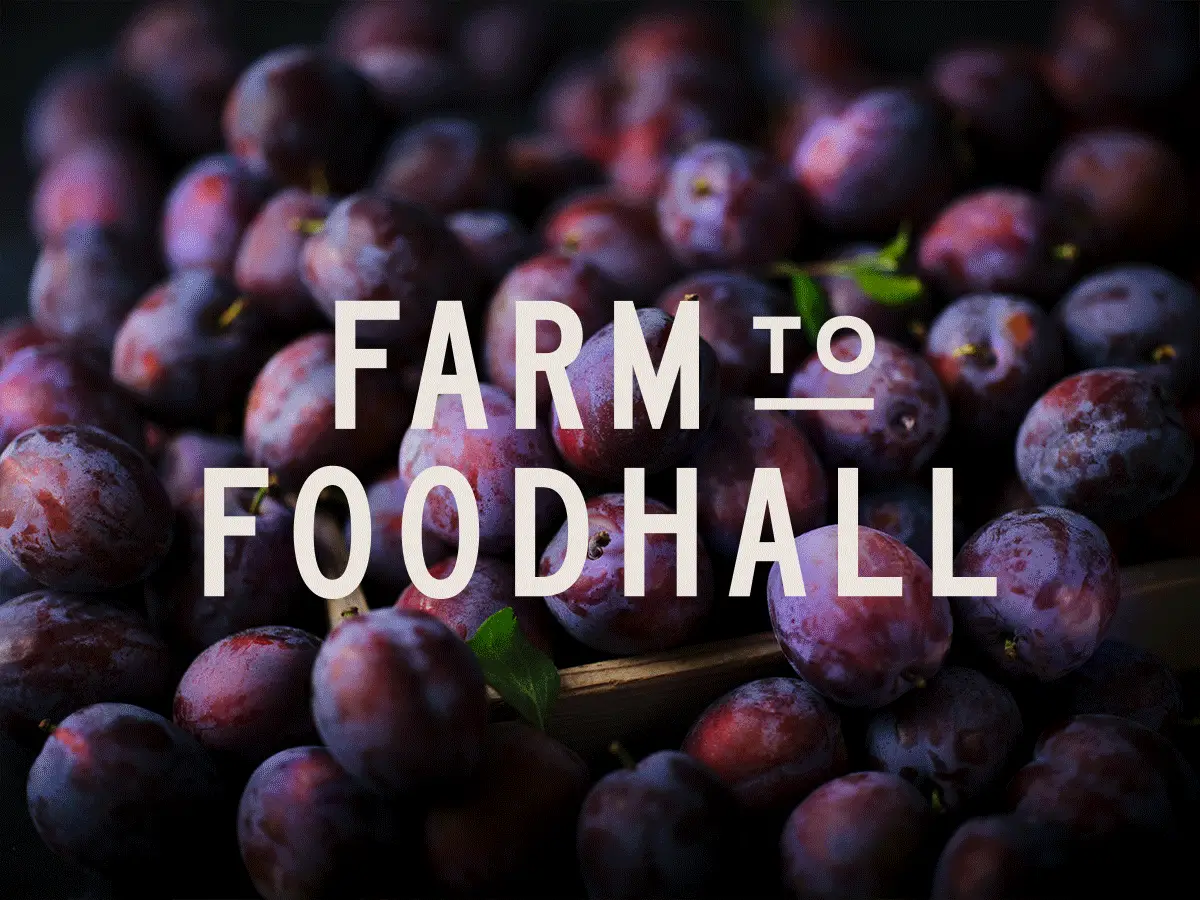Where we source our honey
Writer
M&S Food
Pollinators, such as bees, are vital in producing our food. Wild bees, including bumblebees, are also in decline. We're working to protect wild pollinators as well as introducing millions of honeybees to our British M&S Select Farms to make some very special honey. Follow the story of these very busy bees, meet our beekeeper, and try our sweet and sticky honey recipe ideas.
Loading
Honey recipe ideas
A teaspoon of honey can jazz up everything from drinks to mains and desserts. Add a fiery kick to your drink with a hot honey margarita, paired with a bowl of crunchy nuts and seeds to snack on. Add some honey to a marinade, like with these smoky chicken wings, which have a fiery, rich flavour. Smother a fresh salmon fillet with a warming mix of honey and harissa and serve with seasoned roasties. Or make a speedy dessert with these 10-minute apricot tarts, drizzled with sweet and sticky honey.


Published 4.8.2025







